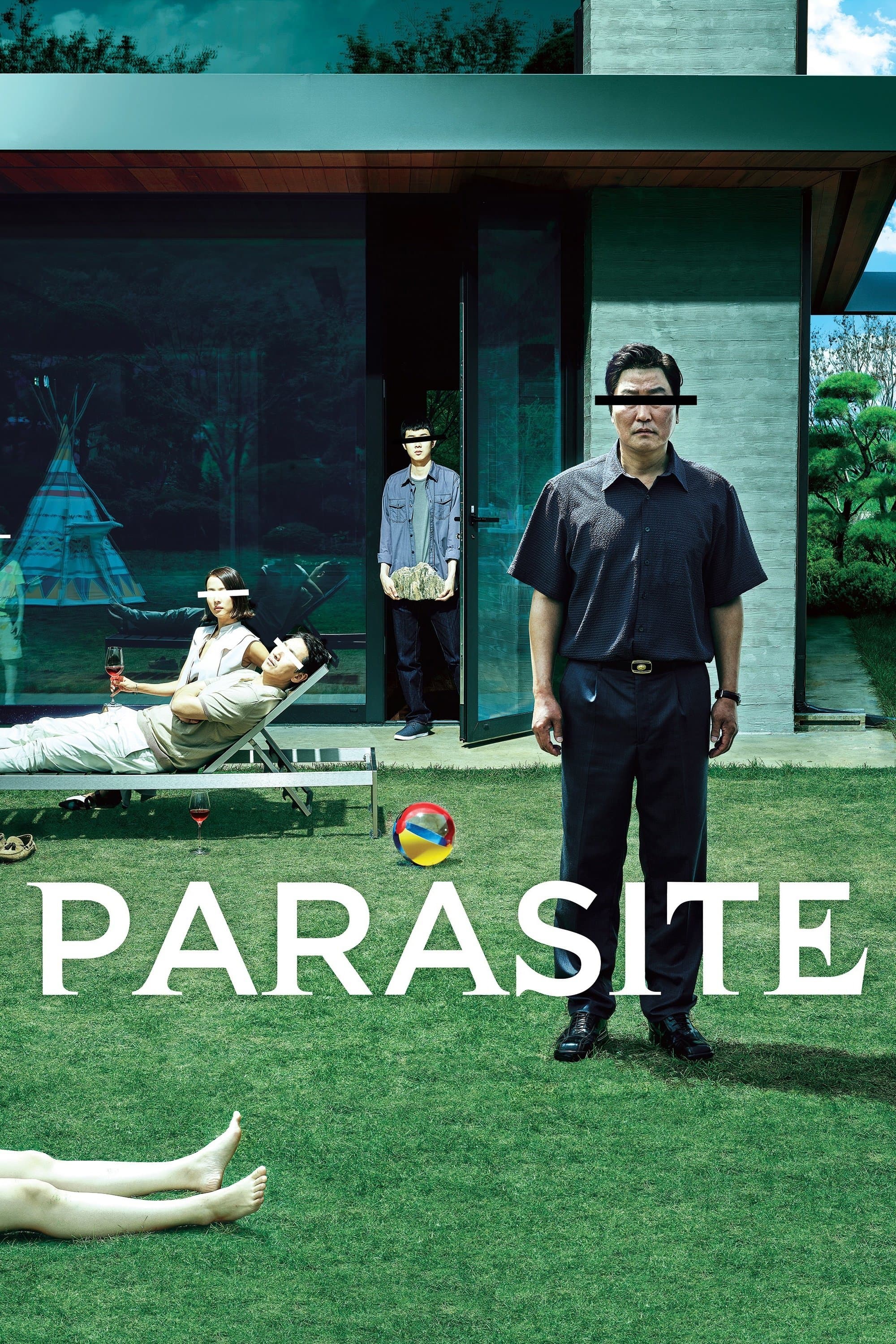
Au-u!
Jul 05 1976
•Comedy
The film comprises three cinematic novellas: (1) “And They Arrived at the Peasant’s Hut… or the Adventures of Writer Senya in Search of the Hidden Word,” in which writer Senya draws inspiration for his rural novels from his housekeeper Yermolayevna’s tales; (2) “The Song, or How the Great Louarsab Organized a Choir,” where a city visitor attempts to form a choir of centenarian elders in a Georgian mountain village; (3) “What Is Our Life?! or What Is Our Life?!”—during a musical reenactment of pre-Revolutionary France, a drunken actor’s tardiness forces King Louis XIV (also the theater committee chairman) and the cast to improvise the play’s ending.
Cast
See all
Vyacheslav Nevinnyy
писатель Сеня («И подъехали к избе сваты… Или похождения писателя Сени в поисках слова затаённого»)

Nadezhda Rumyantseva
жена Сени («И подъехали к избе сваты… Или похождения писателя Сени в поисках слова затаённого»)

Georgiy Vitsin
учёный-этнограф («И подъехали к избе сваты… Или похождения писателя Сени в поисках слова затаённого»)

Nikolai Parfyonov
житель деревни («И подъехали к избе сваты… Или похождения писателя Сени в поисках слова затаённого»)
Recommendations
See all
Housefull 2
A comedy of errors wherein four men help each other to fool their prospective father-in-laws creating a cascade of confusion and mayhem.

Righteous Kill
Two veteran New York City detectives work to identify the possible connection between a recent murder and a case they believe they solved years ago; is there a serial killer on the loose, and did they perhaps put the wrong person behind bars?

Parasite
All unemployed, Ki-taek's family takes peculiar interest in the wealthy and glamorous Parks for their livelihood until they get entangled in an unexpected incident.

A Twelve-Year Night
Uruguay, 1973. Having been crushed by the military dictatorship, surviving members of the Tupamaro guerillas are imprisoned and tortured. They must find a way to endure the coming 12 years.